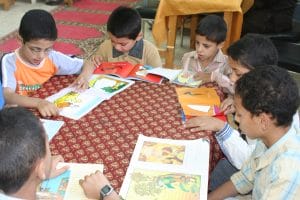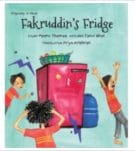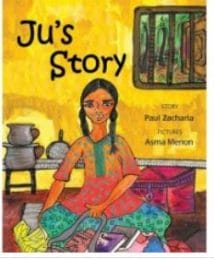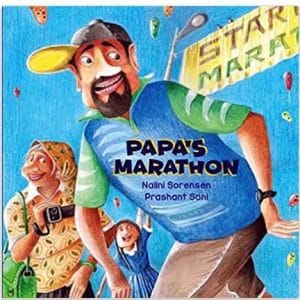 It is generally considered that teenagers above 14 years may read romantic books because it can positively influence a teenager’s understanding of the complexities of relationships and serve as an essential tool for personal growth and self-discovery.
It is generally considered that teenagers above 14 years may read romantic books because it can positively influence a teenager’s understanding of the complexities of relationships and serve as an essential tool for personal growth and self-discovery.
Reading any literature can also help teenagers develop their reading skills and expand their vocabulary.
Here is a list of the positive impact of romantic novels:
- It can provide a safe outlet for exploring and understanding their emotions and experiences related to relationships and love.
- Reading about characters going through similar experiences can help teenagers feel less alone and more understood.
- Romantic literature often provides healthy and positive examples of relationships, which is beneficial for teenagers as they navigate the complexities of their relationships.
- It can help them develop empathy and understanding towards others. They can explore different perspectives and emotions of characters in romantic literature.
- They can develop the ability to relate to others and create stronger relationships.
- Reading romantic novels from other cultures gives us a more global perspective and understanding of culture and relationships.
Some popular romantic Indian titles include:
The Secret Wish List by Preeti Shenoy
The One You Cannot Have by Preeti Shenoy
The Immortals of Meluha by Amish Tripathi
The Palace of Illusions by Chitra Banerjee Divakaruni
The Zoya Factor by Anuja Chauhan.
These books offer a mix of romance, family dynamics, cultural traditions, and self-discovery.
A study published in the International Journal of Humanities and Social Science Research found that reading romantic literature can also positively impact readers’ emotional well-being. The study found that reading romantic literature can help improve readers’ moods and reduce feelings of stress and anxiety.
Here are a few romantic book titles for teenagers (15 years and younger)
- To All the Boys I’ve Loved Before by Jenny Han

- The Fault in Our Stars by John Green
- Eleanor & Park by Rainbow Rowell
- The Summer I Turned Pretty by Jenny Han
- The Selection by Kiera Cass
- The Hunger Games by Suzanne Collins
- Twilight by Stephanie Meyer
- The Maze Runner by James Dashner
- The Selection by Kiera Cass
A balance of different genres of books and media is always recommended.
Here is a list of recommended Indian fiction for grades 12 years and above.
More Indian Fiction from Good Reads
Here are a few examples of popular romantic fiction for young adults from other countries.
- China: “To Our Youth That is Fading Away” by Guo Jingming
- Korea: “Love Alarm” by Chon Kye-young
- Nigeria: “The Secret Lives of Baba Segi’s Wives” by Lola Shoneyin
- Spain: “The Red Notebook” by Antoine Laurain
- Eastern Europe: “The Museum of Abandoned Secrets” by Olga Grushin
- India: “The Immortals of Meluha” by Amish Tripathi.
Colleen Hoover’s romantic titles are trending in urban society. However, Colleen herself recommends her books to older students above 16 or above 12th grade. The content has explicit sexual descriptions and mature themes like rape and sexual assaults.
What can librarians do – include or not?
A balance of genres is important to create a robust collection to meet the needs of all students – intellectual, social and emotional well-being. It is important to provide recreational reading too.
It is also important to keep in mind that since we do not know each child personally, it is important to keep general romantic fiction in the collection and not very intense romantic novels because they may turn out to be triggers that we may not know.
For example, several years ago – Thirteen Reasons Why? by Jay Asher, created quite a storm in teenage circles.
Differences between adult romance novels and young adult novels
Adult romance novels typically feature characters in their late twenties or older with complex relationships. They may contain explicit sexual content and mature themes such as infidelity, rape, divorce, and ageing.
Young adult romance novels, on the other hand, feature characters typically between the ages of 12 and 17 and may focus on themes such as first love, coming of age, and self-discovery.
Additionally, young adult novels often concentrate more on the characters’ personal growth and development, while adult novels may focus more on romantic relationships.
Finally, a robust collection of all genres is recommended to build healthy individuals in society. Variety is the spice of life, and that’s why Librarians are an important part of the school eco-system.










